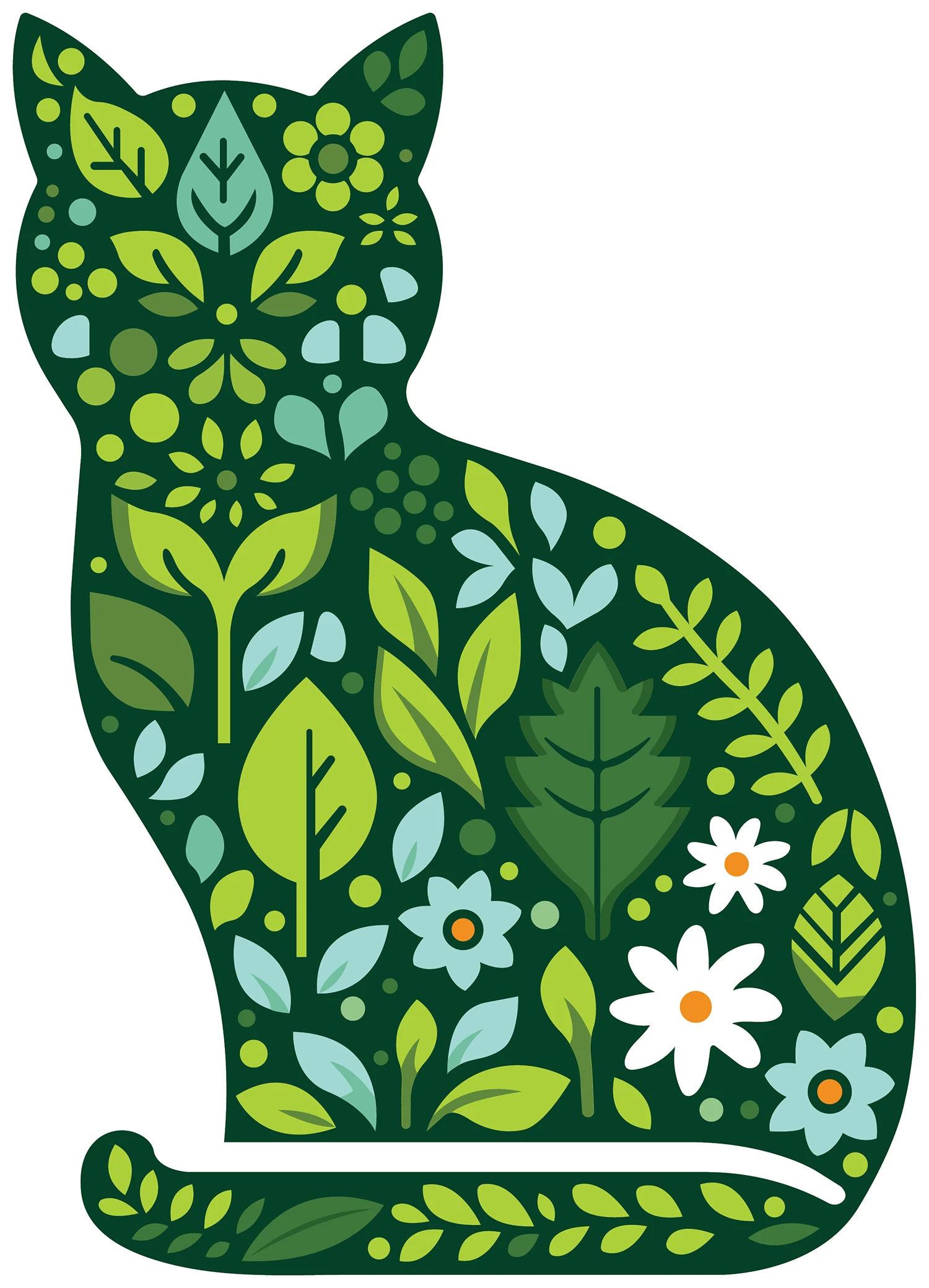





 s a pet service provider, your clients are depending on you to give their furry friend the best enrichment possible. For dogs, a quick romp in a playroom or an outdoor yard will suffice and be sure to tire them out. But what about your guests of the feline persuasion?
s a pet service provider, your clients are depending on you to give their furry friend the best enrichment possible. For dogs, a quick romp in a playroom or an outdoor yard will suffice and be sure to tire them out. But what about your guests of the feline persuasion?
It’s no secret that cat owners—especially those who have indoor-only cats—often don’t give them enough enrichment. Cats need toys and attention just as their canine counterparts, and you can provide that special interaction to make their stay the very best it can be.
Feline behaviorists think one of the best enrichment toys for a cat is either catnip or the lesser-known silver vine (Actinidia polygama). Joey Lusvardi, a certified cat behavior consultant and the owner of Class Act Cats in Minnesota, often recommends catnip and silver vine to his clients.
“Both of them put cats in a good mood,” explains Joey. “They’re particularly useful for helping cats adapt to new environments, like at a boarding facility, because of their improvement in mood. They get cats to play so they feel great and feel happier being at a new place.”
Both catnip and silver vine contain a unique blend of components from a class of chemicals called iridoids. Silver vine tends to produce a stronger and longer response than catnip, which is why it works on more cats than catnip. Some pet parents report their cats having the silver vine “high” for as long as 30 minutes.
Silver vine can be found in most pet shops and online pet stores. And it’s easy to use—just put it where you want a cat to play, sleep or hang out. BCM Veterinary Research Journal conducted a study1 and found the most powerful form of silver vine, having the most impact on cats, is the plant in powder form. It also comes in sticks, although behaviorists say while they’re great to clean teeth, fragments can break and become a choking hazard.
Still, many cat parents vow that catnip is the way to go, especially if it’s high quality and organic. Kris Kaiser, the marketing manager for Yeowww! Catnip toys, says her company’s products have a cult-like following, thanks to its unique, proprietary catnip.


If a cat owner tells you their pet doesn’t respond to catnip, they probably have a toy which has very little catnip in it. It is recommended to try other toys that are strictly catnip before deciding a cat doesn’t like it. Just like people, though, all cats are individuals, and you may have one in your care that doesn’t respond to either plant, which is pretty rare.
Catnip is a member of the mint family of herbs. The compound in catnip called nepetalactone is what cats respond to. Licking, tumbling, “bunny kicking,” rubbing and slobbering, which typically lasts for about 20 minutes, is a typical reaction to catnip. But ironically, for some cats, catnip can have a calming effect.
One of the other benefits of both herbs is that they have great mosquito-repelling effects, which is a natural form of pest control for cats. If a cat rubs the plant material all over themselves, mosquitoes won’t want to touch them.
Of course, it is possible to get too much of a good thing. Whether you use silver vine or catnip, felines can build up a tolerance, which diminishes its response. It’s recommended to put the herbs away and bring them back a few hours later or another day to help reset the cat. Just like their other toys, cats can get bored of them easily.

These plants are an ideal way to entertain your feline boarders, but don’t forget that they are not a substitute for human interaction. Cats need people, and there’s nothing better than a good interactive play session, in addition to their catnip or silver vine time. Help your kitty guests forget they’re not at home, because the fun just doesn’t stop!
- Bol, S., Caspers, J., Buckingham, L. et al. Responsiveness of cats (Felidae) to silver vine (Actinidia polygama), Tatarian honeysuckle (Lonicera tatarica), valerian (Valeriana officinalis) and catnip (Nepeta cataria). BMC Vet Res 13, 70 (2017). https://doi.org/10.1186/s12917-017-0987-6

